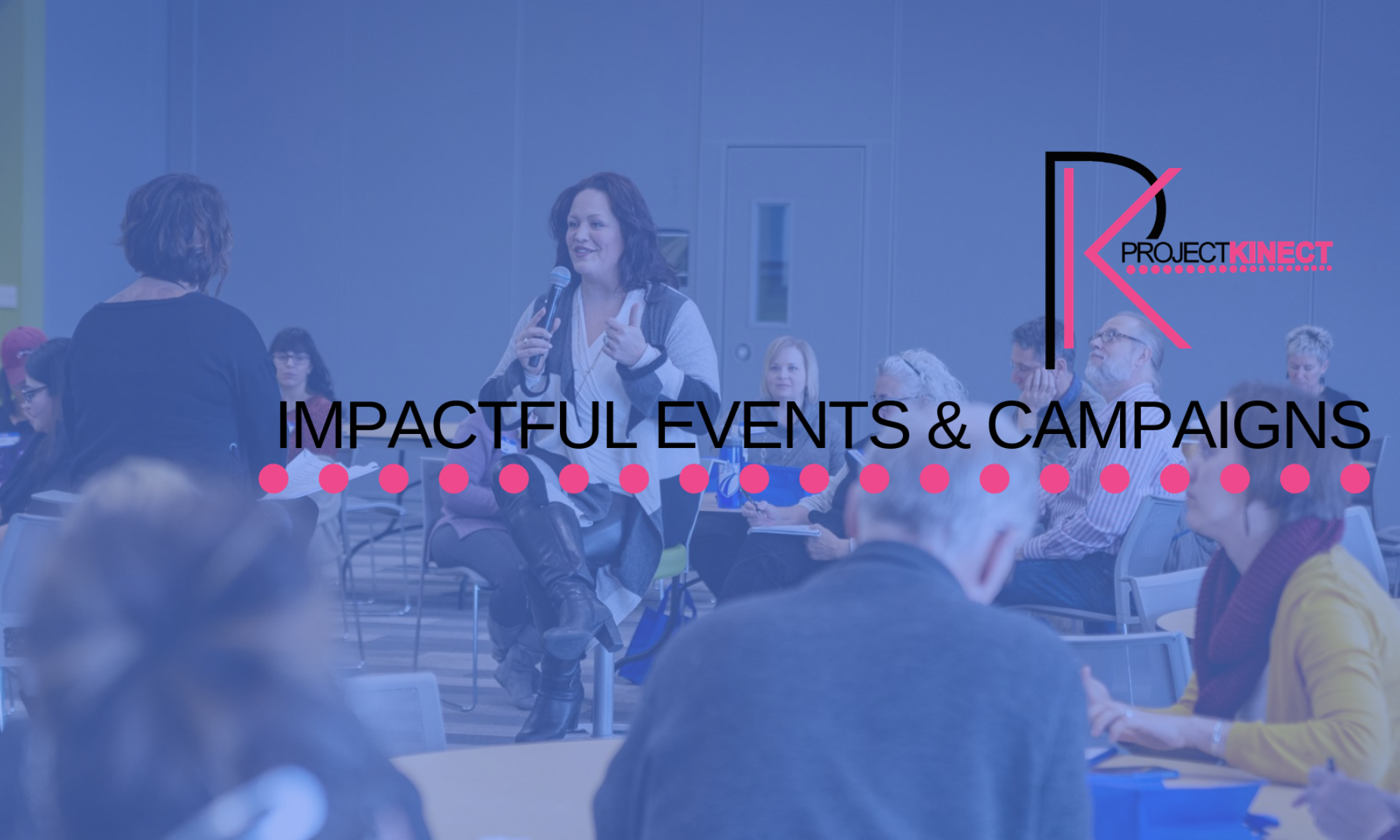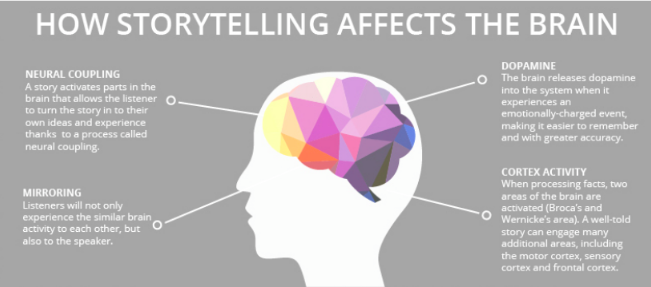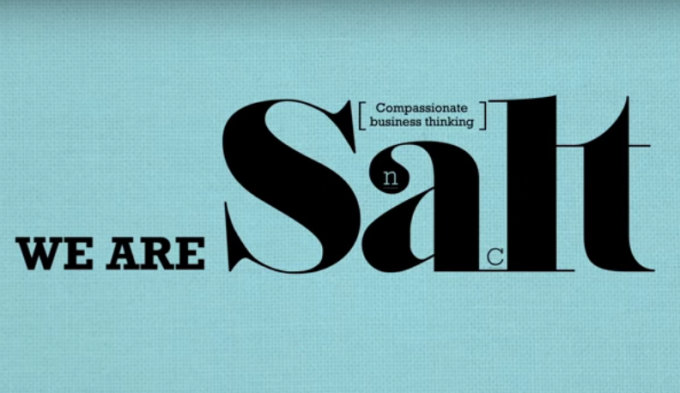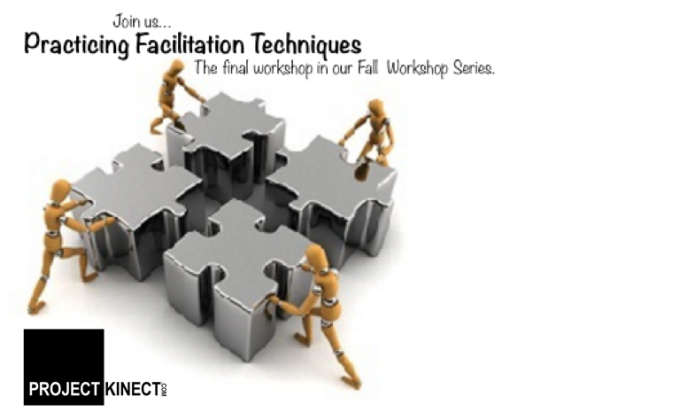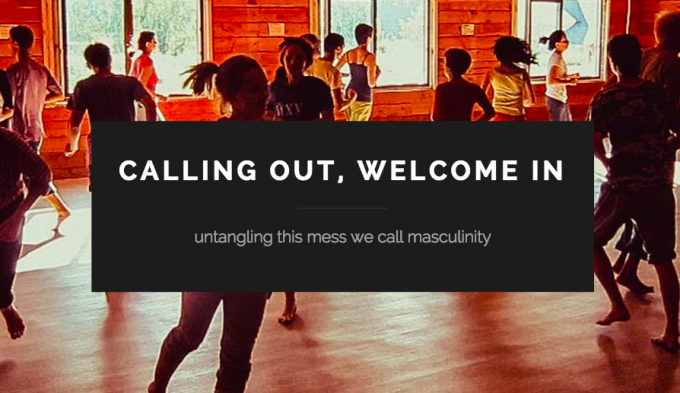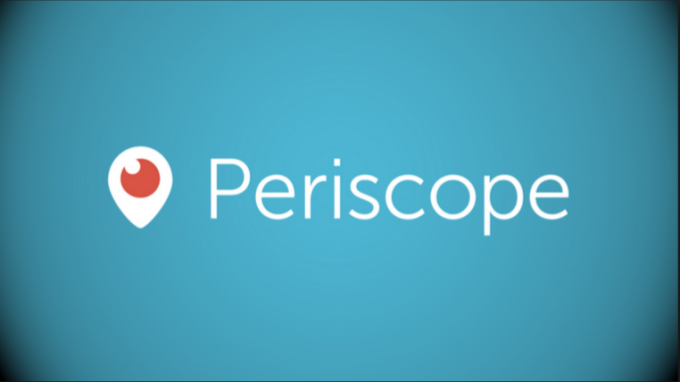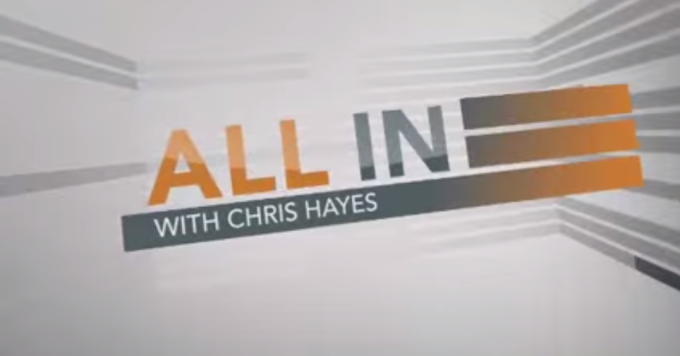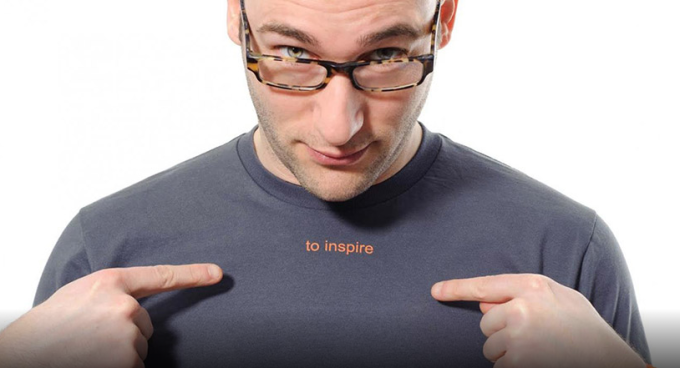Storytelling is important…
This weekend my cousin jokingly told me I went from trash to treasure. She was right and in more ways than just my relationship. Few people outside of close friends and intermediate family know all that I went through in 2014-2015. I didn’t think I would ever recover or bounce back. I got so tired of calling on friends to come and rescue my daughter, Zorah and me. I got tired of looking for places to stay so that I could sleep safely only to be woken up by nightmares.
I remember riding on the passenger side of my car believing my ex was about to drop me off at work. I remember feeling the vibe was off and that I should keep quiet. I remember being relieved that we were almost at my work and that I had managed to miss another one of his episodes. Then he turned around and in no time, we were driving 120mph on the interstate. He said I thought I was “somebody” because I had a new job. He told me that, “I wasn’t better than him” and that “we both were about to die.” I remember him leaving the right driving lane to veer towards some construction work and then all of sudden he stopped. He drove me to work and I walked in with a smile on my face.
I should have left then, but I had left before. I figured why try to leave again. In so many words, that day I had accepted my fate. Along with that acceptance, my idea of what a nuclear family should like & my fear of being a single Black mom caused me to stay longer than I should have. My settling for trash in my relationship caused me to settle for trash in other areas. I didn’t think I was valuable enough to be a great mom. I didn’t recognize the value of my skill set and settled for a low salary. I WAS LOST.
Not only was I lost, but I felt alone. Some friends, who didn’t understand why I stayed, walked away. It was difficult. I will never deny that, yet, it gets better. I know that for sure. IT GETS BETTER!
You don’t have to settle for half love, abusive partners, unappreciative jobs, or anyone for that matter that doesn’t value you. You may not leave the first time, or the second, or the third but know that you are not alone. Know that our stories have made us kindred and that I honor you for your story. I believe in the power of sharing our stories. We give power to ourselves by telling our truth. I pray that you will see the glory in your truth and grab ahold to it. The book of Romans tells us “that the sufferings of this present time are not worthy to be compared with the glory which shall be revealed in us.” I’m telling you that the Glory is already upon us. I hope this helps you to see your Glory more now than ever before.
A little more about storytelling….
